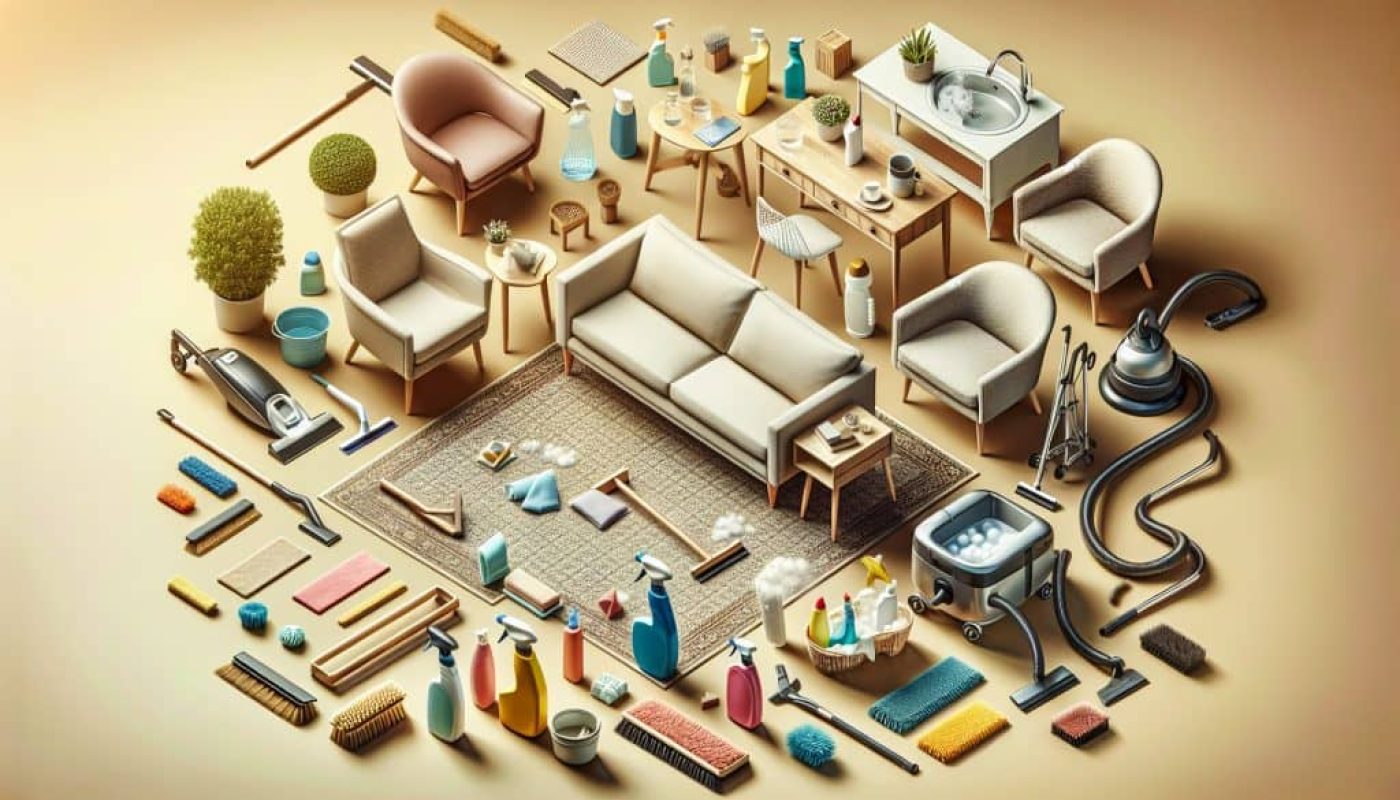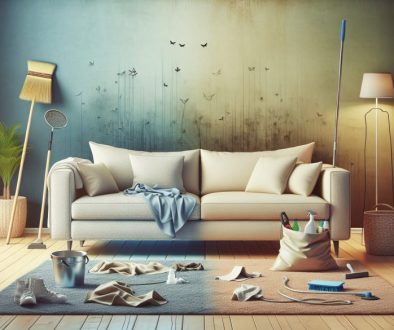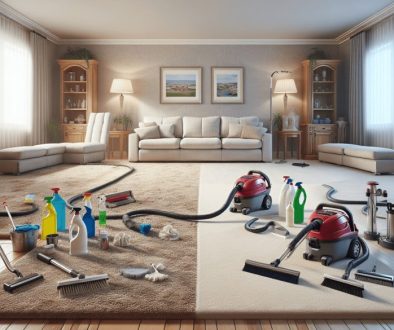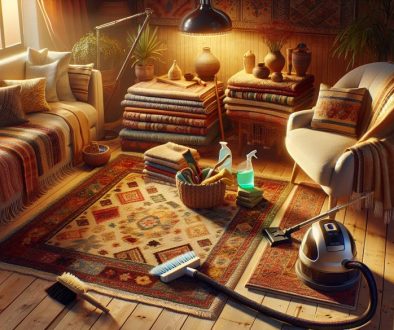Comprehensive Guide to Effective Furniture Cleaning
Explore expert techniques for furniture cleaning to maintain your home’s appearance and extend furniture lifespan. Trusted services in Cambridge.
Welcome to our specialized services for Furniture cleaning in Cambridge. We provide meticulous care to ensure your furniture remains in top condition. For more information, please visit our Upholstery Cleaning Cambridge page or contact us at 07730461587 for advice and bookings.
Understanding Different Types of Upholstery Fabrics
When diving into the world of Furniture cleaning, understanding different types of upholstery fabrics is crucial. Each fabric type demands unique cleaning methods to preserve its longevity and aesthetic appeal.
Natural Fabrics
Common natural fabrics include cotton, linen, wool, and silk. These materials are breathable and comfortable but can be more challenging to maintain due to their susceptibility to stains and wear.
- Use a gentle vacuuming routine to remove dust and debris.
- Spot clean using a mixture of lukewarm water and mild detergent.
- Avoid direct sunlight to prevent color fading.
Synthetic Fabrics
Synthetic fabrics like polyester, nylon, and acrylic are less prone to stains and are generally more durable, but they still require regular maintenance to look their best.
- A vacuum with a soft brush attachment works well for daily upkeep.
- Blot stains immediately with a clean cloth and a water-based cleaner.
- Opt for professional cleaning once annually to maintain fabric integrity.
Essential Furniture Cleaning Tools
To achieve spotless furniture, investing in the right cleaning tools makes a substantial difference. Here’s a look at some essential tools:
Vacuum Cleaners
A high-quality vacuum cleaner with varied attachments can effectively remove dirt and allergens. Pay attention to areas between cushions and under furniture to ensure a thorough clean.
Steam Cleaners
Steam cleaners offer deep-cleaning capabilities, especially for fabrics that can withstand moisture. Steam helps to sanitize surfaces by killing bacteria and eliminating odors.
Microfiber Cloths
Microfiber cloths are a must-have due to their softness and absorbency. They are perfect for wiping down surfaces and spot-cleaning minor spills.
DIY Furniture Cleaning Solutions
For those who prefer tackling furniture cleaning themselves, homemade solutions can be both effective and affordable.
- Mix equal parts of white vinegar and water for a natural cleaner that tackles tough stains.
- For odors, sprinkle baking soda on fabric surfaces, let it sit for 15 minutes, and vacuum thoroughly.
- Use mild soap mixed with warm water to clean leather furniture, followed by a conditioning agent to maintain its softness.
Stain Removal Tips
Stains can be stubborn and challenging to remove. Here are targeted tips for specific types of stains:
Ink Stains: Dab a small amount of rubbing alcohol onto a cotton swab and gently apply it to the stain. Avoid using too much to prevent spreading.
Pet Stains: Use an enzymatic cleaner to break down proteins in the stain, which will also help to eliminate odors completely.
Food Stains: Blot the area with a clean cloth and apply a mixture of lukewarm water and mild detergent. Rinse thoroughly with water to remove soap residue.
Frequency of Professional Cleaning
While regular DIY methods are helpful, professional Furniture cleaning every 12 to 18 months is advisable. Here’s why:
- Professionals use specialized equipment and techniques that DIY methods can’t match.
- They can address deep-seated grime and allergens that affect air quality.
- Professional cleaning extends the lifespan of furniture, preserving its investment value.
To explore more about our services and receive a professional assessment, visit Upholstery Cleaning Cambridge.
For related reading, check out our article on Choosing the Best Carpet Cleaning Company for Your Home.
Stay connected with us on social media: Facebook, YouTube.
An interesting article related to the subject can be found here.



